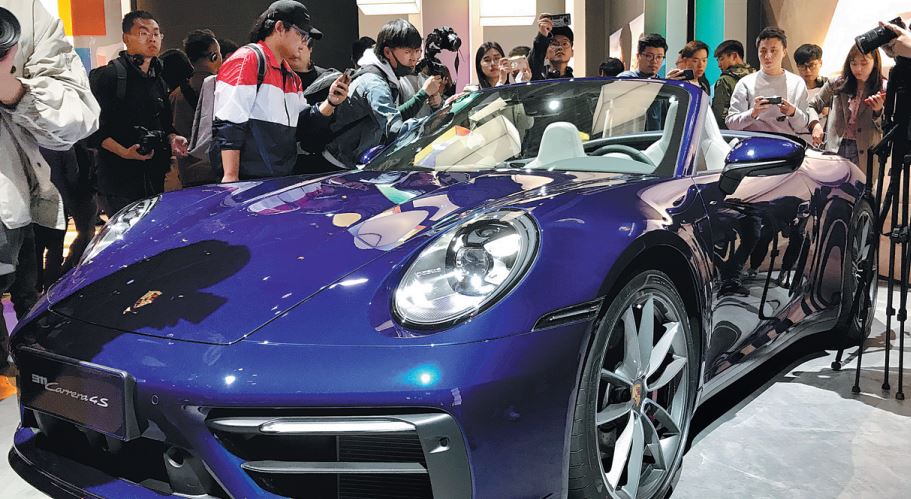Pandemic spurs desire for car ownership in China

Survey predicts growth of vehicle sales as manufacturers enjoy increased demand
More people in China are showing an interest in owning a car as the COVID-19 pandemic is brought under control, according to a UBS survey.
In a survey of 1,000 people in April by UBS Evidence Lab, 27 percent of respondents said the pandemic has made them more willing to buy a car.
That is 10 percentage points higher than a survey of 1,000 people UBS did in February, when the pandemic was at its peak in the country.
"It's probably because people are optimistic about the end of the pandemic and economic recovery so they're willing to buy cars. We'll see the results of the demand in the coming months," said Paul Gong, a UBS automotive analyst, in a teleconference earlier this month.
He said upcoming sales will see positive growth. China's vehicle sales rose for the first time in April as 2.07 million vehicles were sold in the month, up 4.4 percent year-over-year. Sales went up 14.5 percent year-on-year to 2.19 million in May, according to the China Association of Automobile Manufacturers.
Some carmakers have released their May sales. Sino-US joint venture SAIC-GM-Wuling sold 120,000 vehicles during the month, up 11 percent year-on-year.
Changan Ford, another Sino-US partnership, delivered 23,491 units in May, up 130 percent from the same month in 2019 and up 31.4 percent from April.
Japanese carmaker Nissan sold 130,016 vehicles in China in May, up 6.7 percent year-on-year.
Chinese electric car startup Nio sold a record high of 3,436 vehicles in May, up 215.5 percent year-on-year.
"We expect to achieve our delivery goal for the second quarter of 2020, while continuously improving the gross margin and narrowing the operating loss," said Nio Chief Financial Officer Steven Feng.
Gong said UBS expects sales growth in June as well. "So we'll likely have positive growth in the second quarter and the third quarter will see double-digit growth," he added.
He explained the growth in the third quarter also had to do with a lower base in 2019, which was primarily caused by a lack of available models in the market back then following the adoption of stricter emissions standards.

